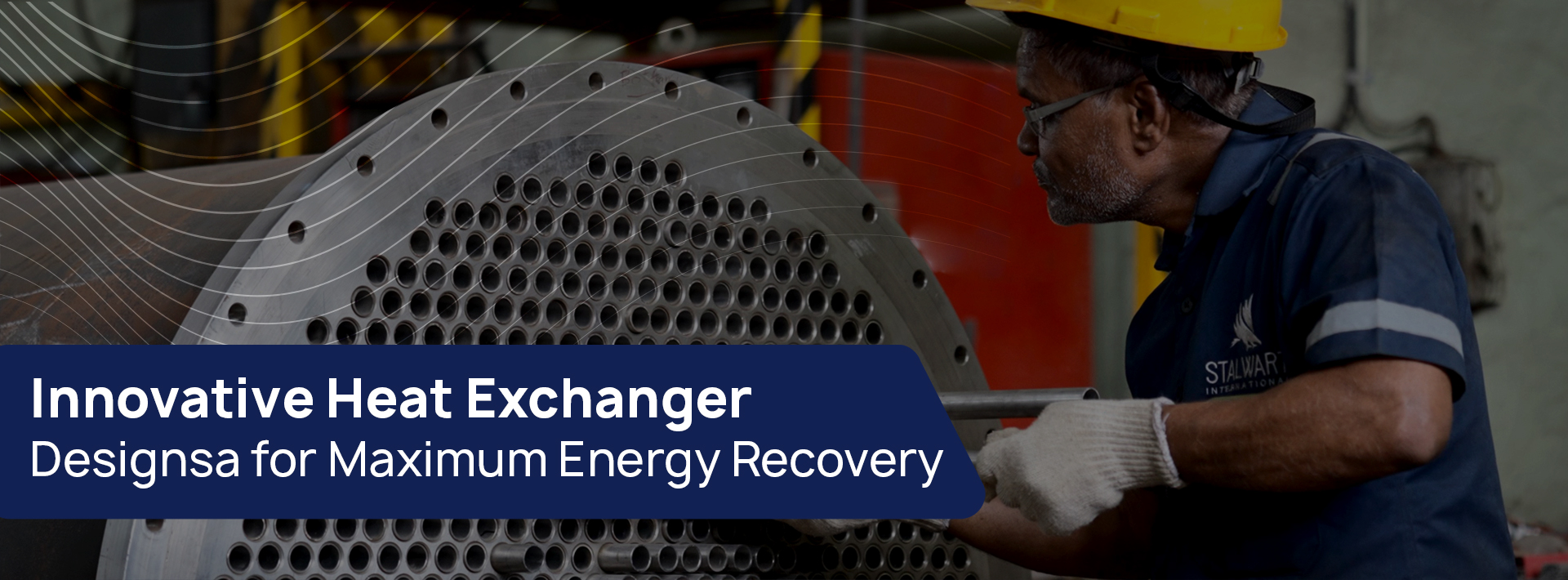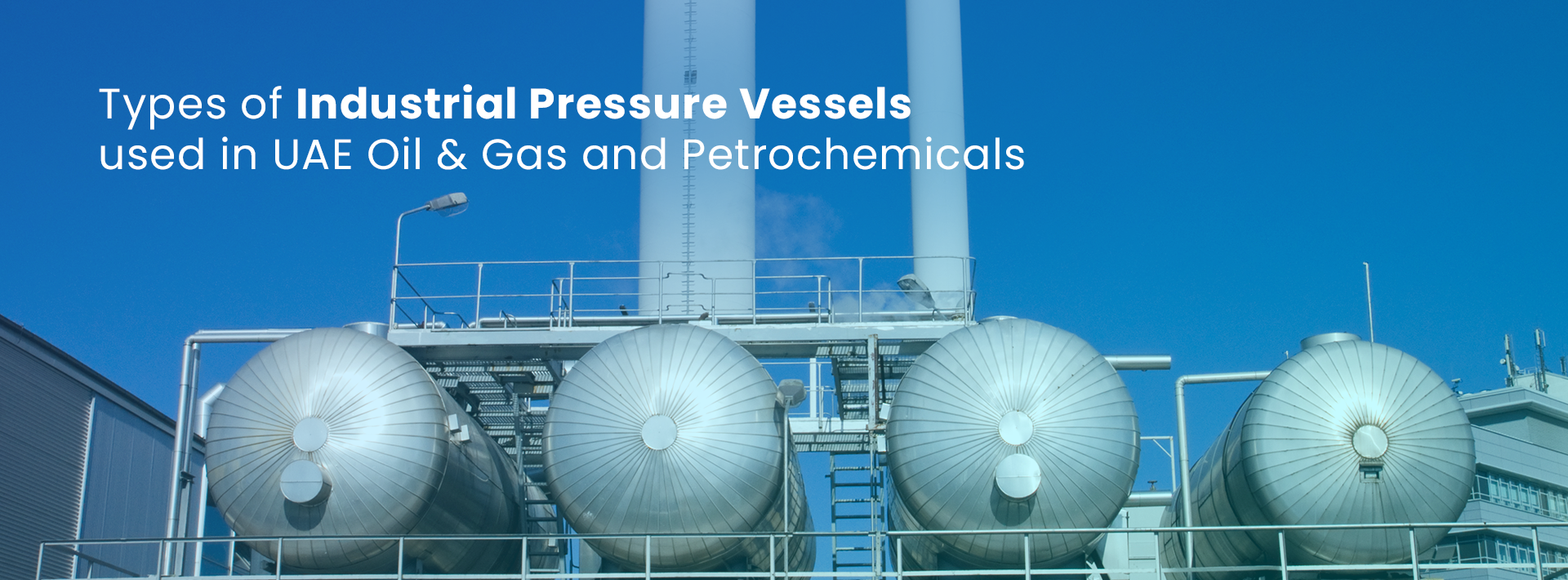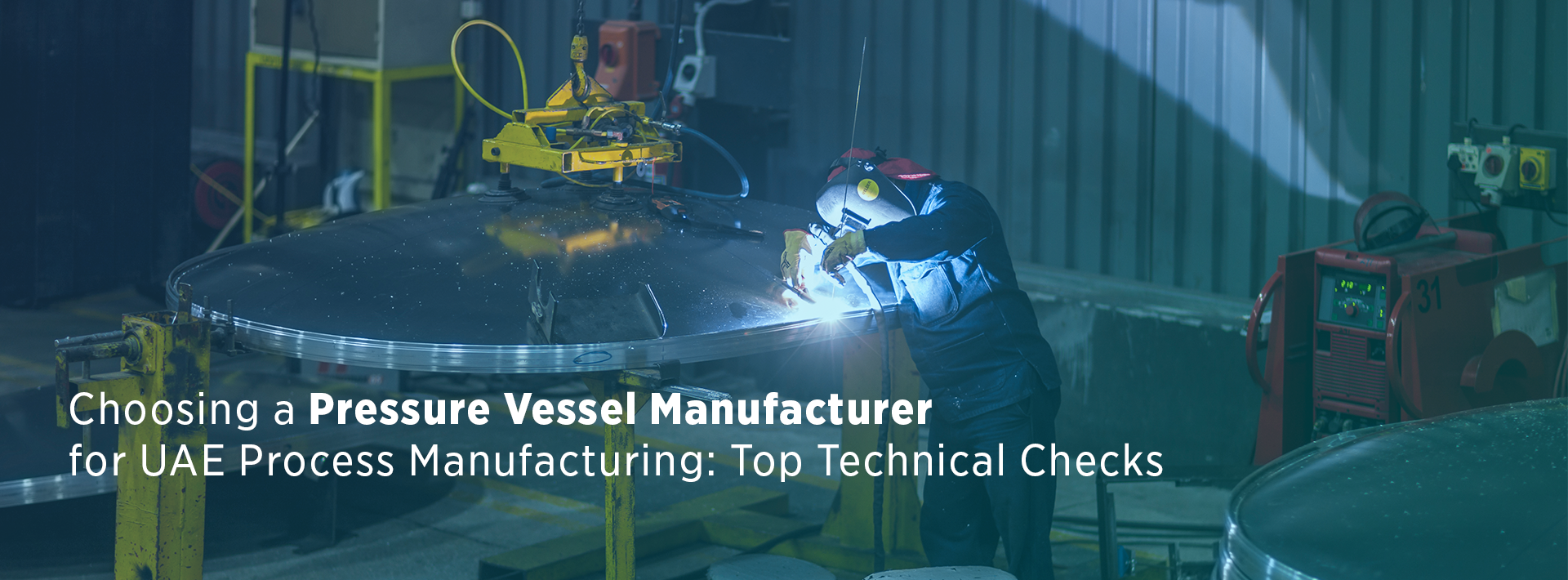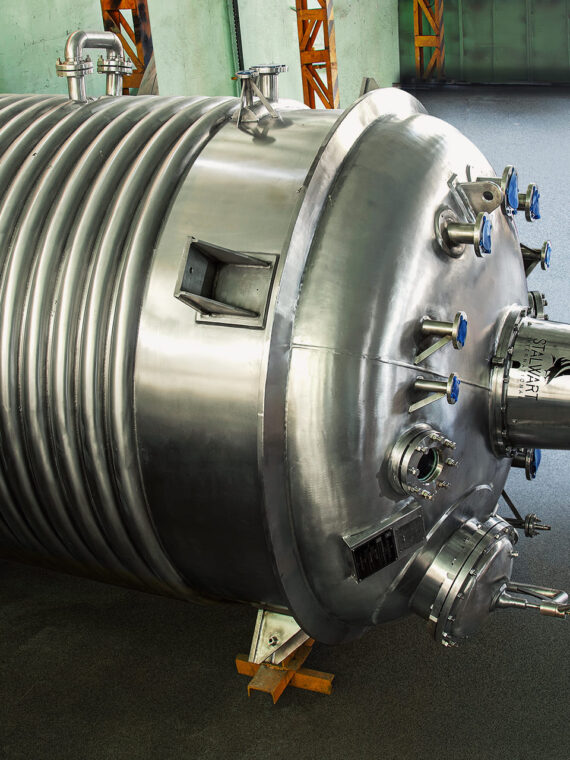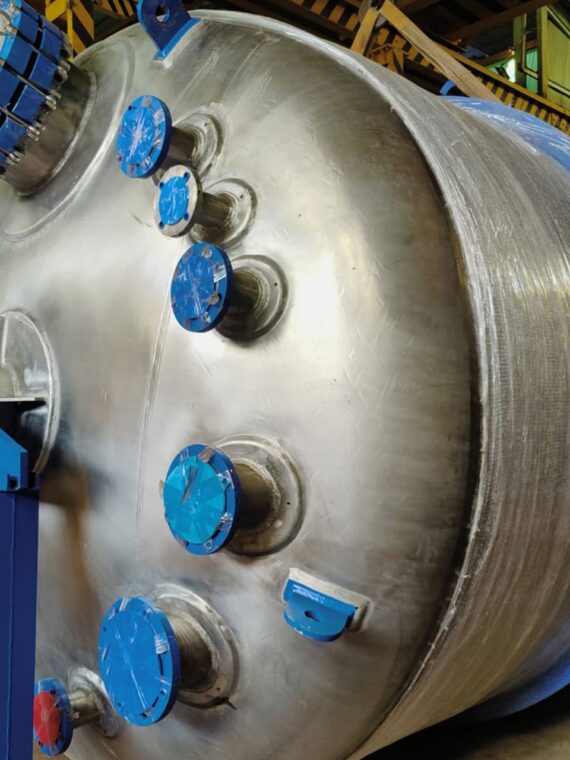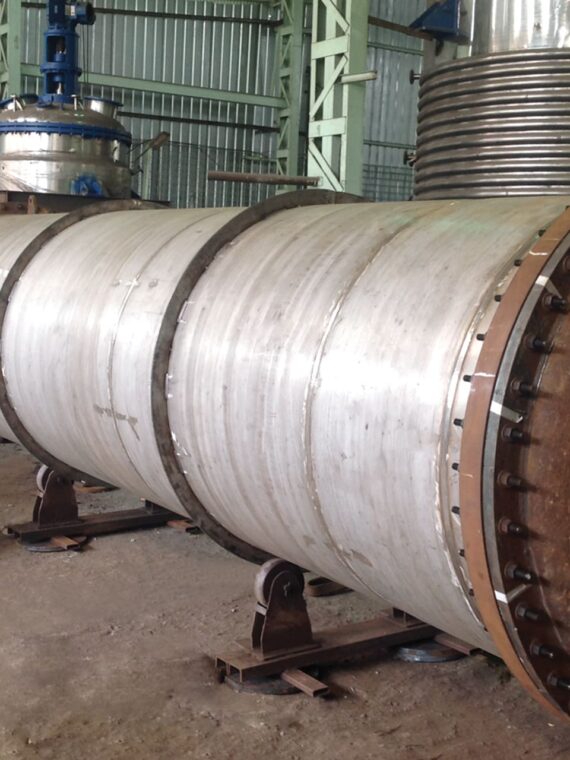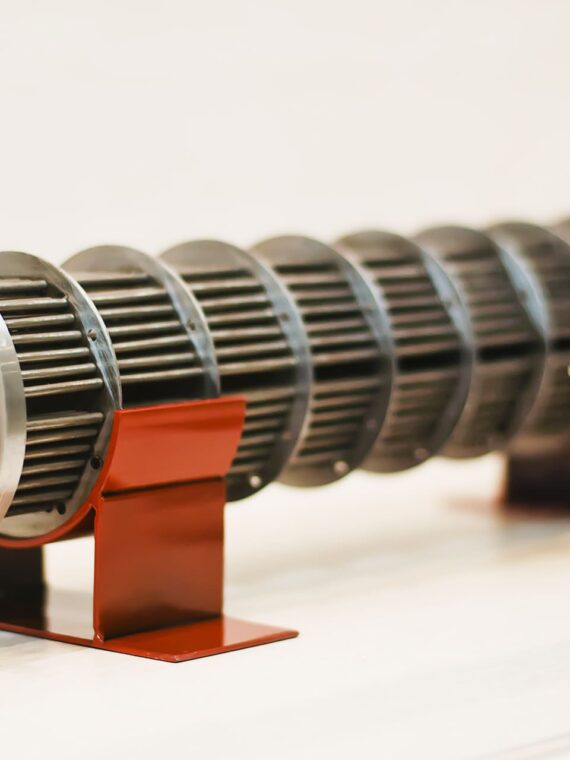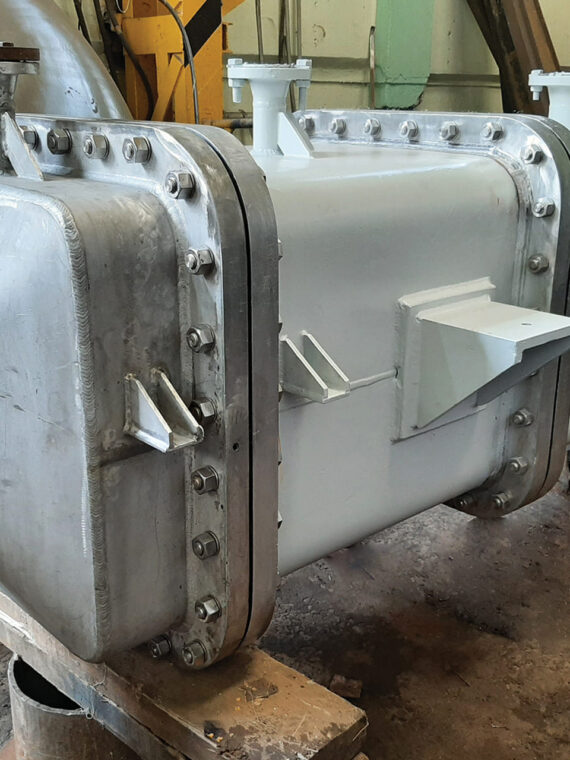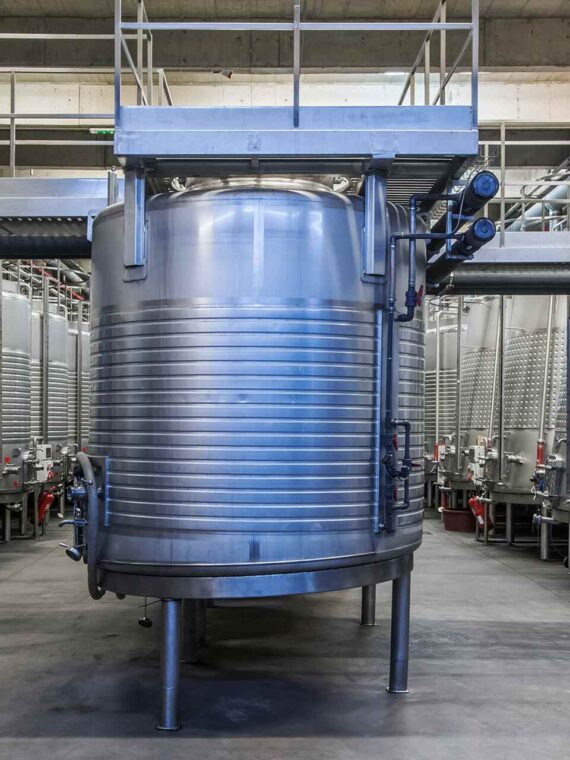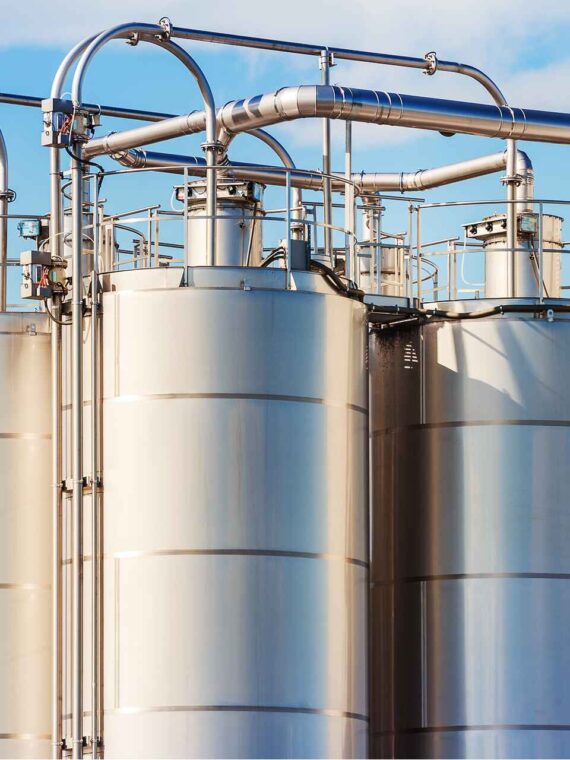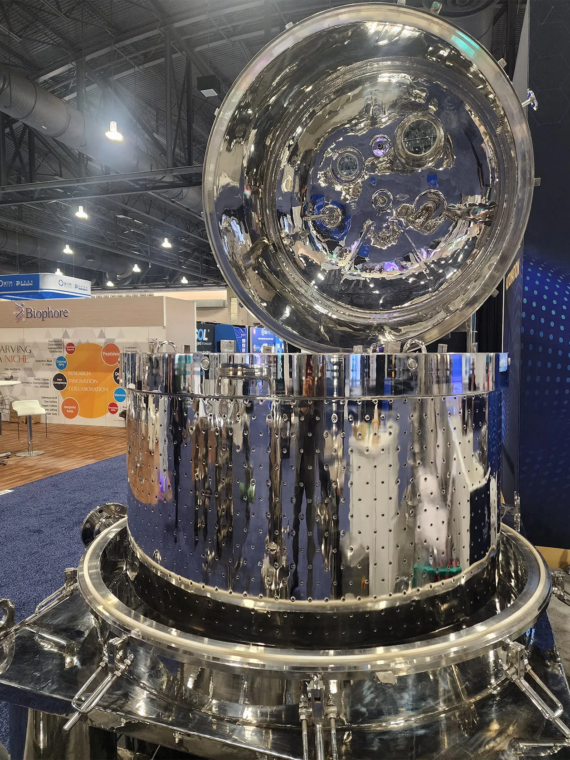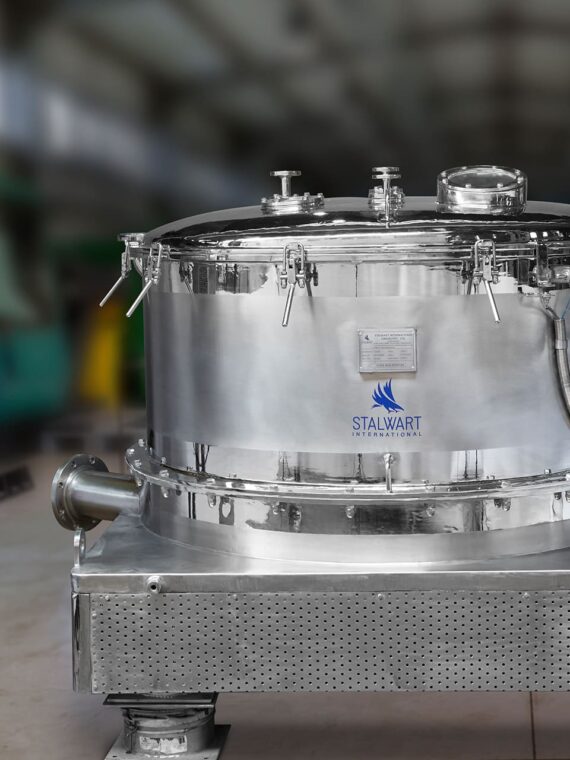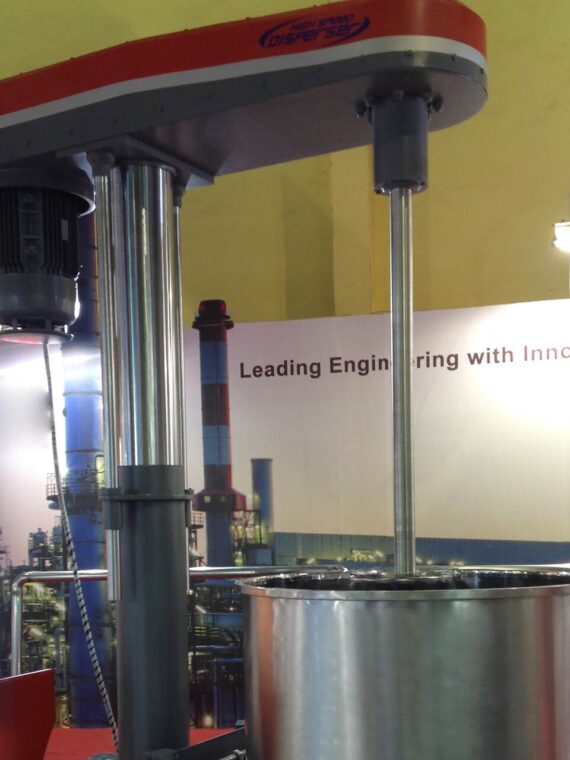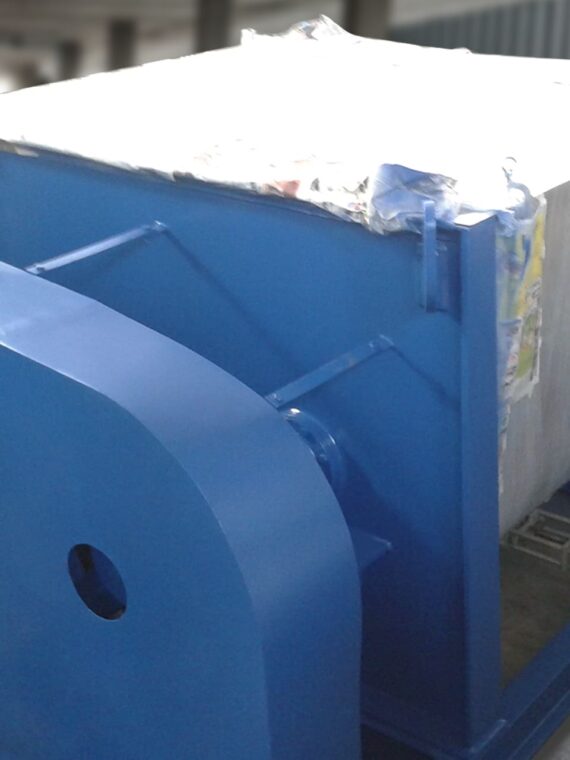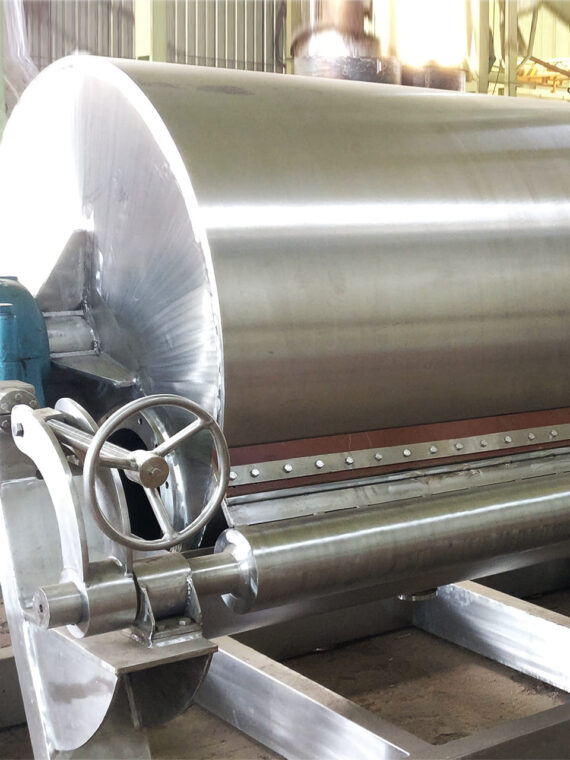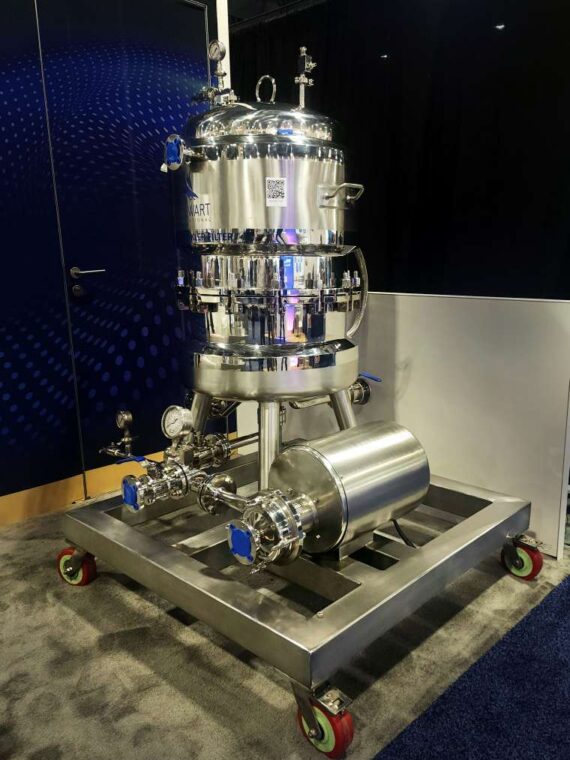Enhancing energy efficiency is now a requirement in all processes as energy costs rise and environmental issues grow more pressing for businesses to address effectively. Utilities in industries are seeking solutions to enhance the performance of their thermal control systems. Advanced heat exchanger configurations that improve energy recovery processes are revolutionizing factories and power stations as heating and cooling systems. These cutting-edge technologies not only enhance efficiency but also contribute towards environmental sustainability by reducing power consumption and emissions levels.
The Importance of Energy Recovery in Heat Exchanger Technology
Heat exchangers play a role in energy recovery by facilitating the transfer of heat between fluids within enclosures for enhanced system efficiency and reduced operational costs and energy wastage. Traditional heat exchangers have been reliable. They face challenges such as fouling, pressure drops, and limited heat transfer efficiency. Modern innovations have addressed these issues by introducing heat exchangers with capabilities and longer operational lifespans.
Read Also: What Is The Working Principle Of Heat Exchanger?
Advanced Heat Exchanger Designs for Optimal Efficiency
1. Plate Heat Exchangers (PHE)
The plate heat exchanger has a considerable heat transfer area due to the use of many thin metal plates. They are used for such exchangers, which are small but efficient heat exchange units in industrial operations. Key benefits include:
- Smooth heat transfers due to the large surface area.
- The heat exchangers are compact and can develop the required performance in confined spaces.
- Maintenance is easy; the plates are replaceable.
- The units are pretty flexible in processing different circulating liquids at different temperatures.
Thus, the present work aims to develop a design correlation for predicting the pressure drop in such exchangers.
2. Shell and Tube Heat Exchangers with Enhanced Surface Technology
The Shell and Tube Heat exchangers are considered standard equipment in industrial processes. The improvement in surface technology has brought significant improvements in the performance of heat exchangers. Features include:
- It is possible to achieve higher heat transfer rates with enhanced surfaces on tubes.
- Helically coiled tubes are used to improve the turbulence and prevent fouling phenomena.
- The use of corrosion-resistant alloys increases the life span of the component since material developments make this possible.
3. Regenerative Heat Exchangers
The regenerative heat exchangers use the same storage medium to enhance energy recovery efficiency. Such systems are of excellent value in power plants and air preheaters with gas turbines. Benefits include:
- The system is more energy efficient because it stores heat and then uses it again.
- This system runs with reduced fuel requirements, which in turn reduces the operating costs.
- This method enhances the thermal efficiency of cyclic heating and cooling processes by improving this way.
4. Microchannel Heat Exchangers (MCHE)
Microchannel heat exchangers are used more often because of their high efficiency, moderate size, and weight. They are applied in the HVAC and automotive industries as well as aerospace industries. The advantages are:
- The efficiency of the system is enhanced due to the presence of small flow channels.
- Reduction in the material leads to reduced manufacturing costs.
- Systems work better under actual conditions due to better heat dissipation during service.
5. Printed Circuit Heat Exchangers (PCHE)
Because of their capability to function at high temperatures and pressures while being relatively small, the heat exchanger technology is, therefore, undergoing a revolutionary change by PCHEs. PCHEs are used in a variety of applications offshore and in LNG and hydrogen facilities because of the following advantages:
- The flow channels are engineered to optimize the heat transfer performance.
- The device is compact and lightweight enough to fit into a limited space.
- The devices are very robust at high pressures and well-suited for intended applications.
6. Phase-Change Heat Exchangers
The phase change materials (PCMs) are implemented in the heat exchangers to ensure the storage and controlled release of thermal energy. Such heat exchangers are also considered crucial units in energy storage systems, solar power plants and refrigeration technologies. Characteristics:
- Energy storage is done in a very efficient manner to support peak load management.
- It is possible to reduce utility costs since energy is used at a lower rate.
- Sustainable development is achieved by using renewable energy sources.
Factors Choosing a Heat Exchanger
Several aspects need to be evaluated before selecting a heat exchanger for maximum energy recovery.
- Heat transfer efficiency: Select those with improved surface technology.
- Fluid properties: Avoid using them with corrosive or high-viscosity fluids.
- The selection of hot exchangers should include those that are easy to clean and maintain.
- Operational environment: Other factors like pressure, temperature and space should also be considered.
Energy savings potential and investment returns should be evaluated when achieving efficiency goals as part of the selection process.
Read Also: Innovations in Heat Exchanger Design
The Future of Heat Exchanger Technology
This paper aims to explore how adaptive and intelligent systems hold the key to advancing heat exchanger technology for maximum energy efficiency development. Key emerging trends include:
- The use of machine learning at its peak helps forecast the need for maintenance and optimal functioning of the system.
- Additive manufacturing (3D printing) can help the industry produce complex heat exchanger systems with highly effective layouts, which are almost impossible with traditional methods.
- Integration with renewable energy sources – Improving compatibility with solar, geothermal, and waste heat recovery systems.
- Self-cleaning surfaces are used to reduce fouling and increase the life of the heat exchanger.
Conclusion
Advanced heat exchanger designs are developed in every industry of the world to enhance energy recovery to the maximum level. Today’s materials, design, and digital integration have led to better reliability and efficiency of heat exchangers. Today, it has become essential for companies to embrace cutting-edge heat exchanger technology as a crucial competitive necessity in the contemporary industrial world.
Innovations in Heat exchangers make it possible for industries to recover their maximum energy with minimum waste with a view to creating a sustainable environment for the future. It is essential to stay current with advancements in heat exchanger technology in order to improve the effectiveness of the heat exchange system and get the best results.
FAQs
What is the most efficient heat exchanger design?
The most efficient heat exchanger design depends on the application, but counterflow heat exchangers are generally considered the most efficient. They allow the hot and cold fluids to flow in opposite directions, maximizing the temperature gradient and enhancing heat transfer efficiency.
What is the 10/13 rule for heat exchanger design?
The 10/13 rule in heat exchanger design is a guideline that suggests maintaining a minimum temperature difference of 10°F (5.5°C) for cooling applications and 13°F (7.2°C) for heating applications between the process and service fluids. This helps optimize heat transfer while maintaining energy efficiency and operational feasibility.
Which type of heat exchanger is more efficient?
Plate heat exchangers are often considered more efficient than shell and tube heat exchangers due to their compact design and high heat transfer surface area. However, counterflow shell and tube heat exchangers can also achieve high efficiency in certain applications.
Which heat exchangers are energy efficient?
Energy-efficient heat exchangers include plate heat exchangers, counterflow heat exchangers, and regenerative heat exchangers. These designs minimize energy losses, enhance heat transfer rates, and improve overall system performance, making them ideal for various industrial and HVAC applications.


